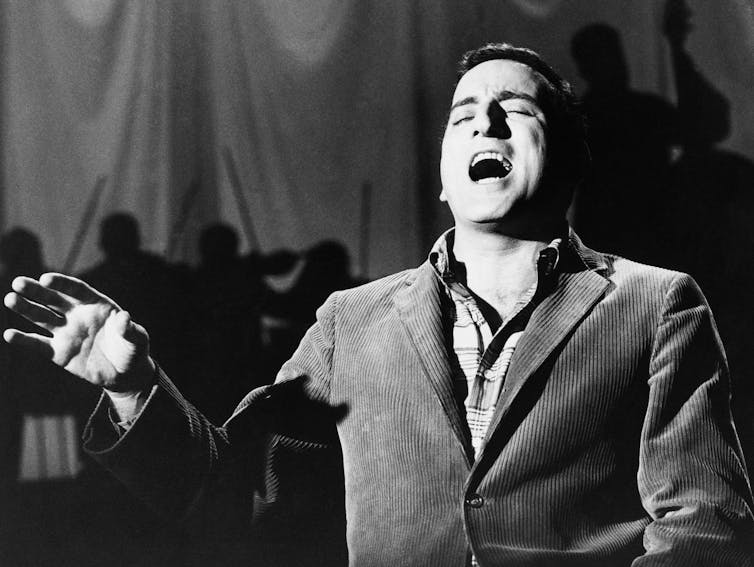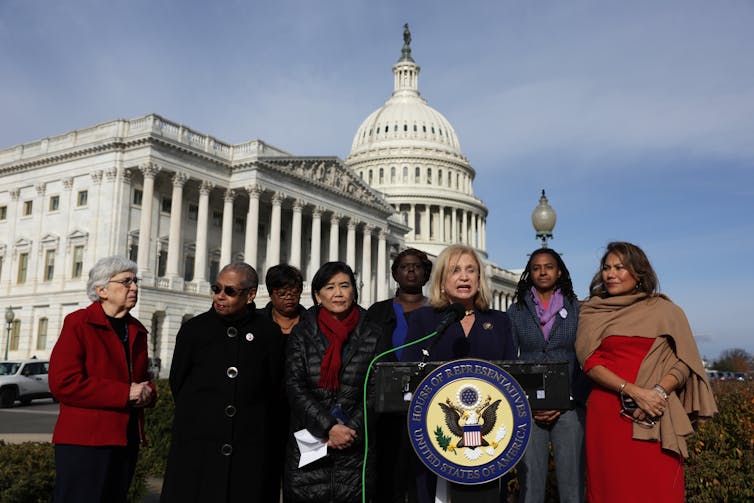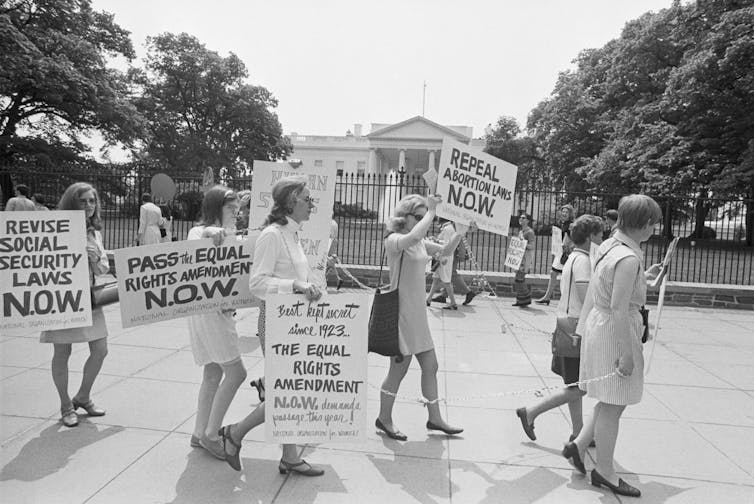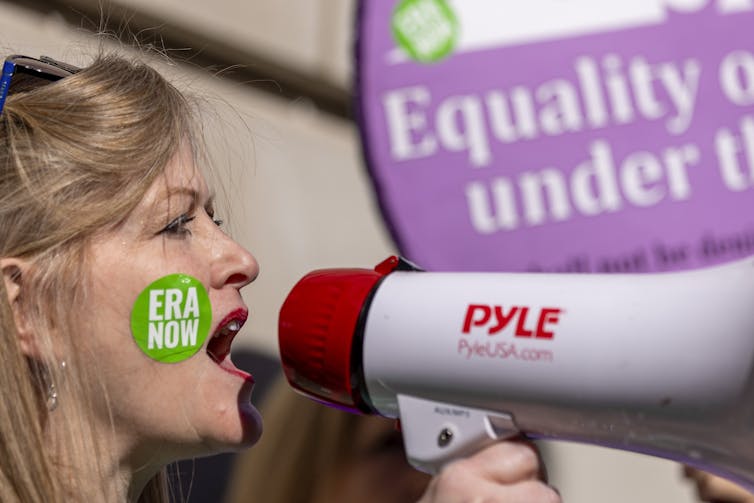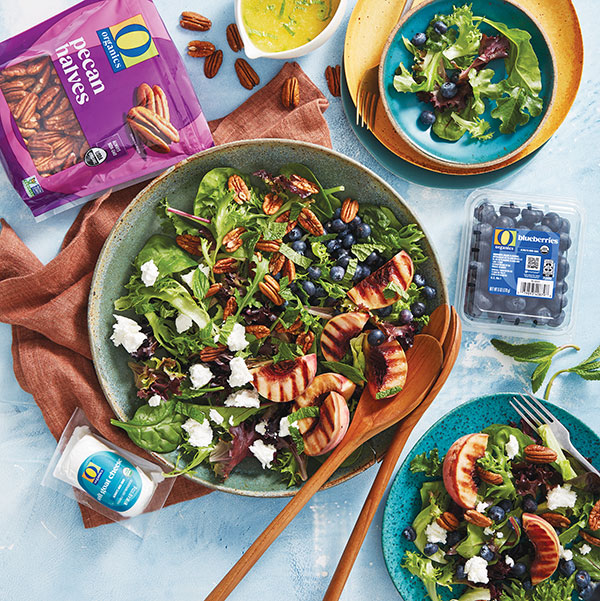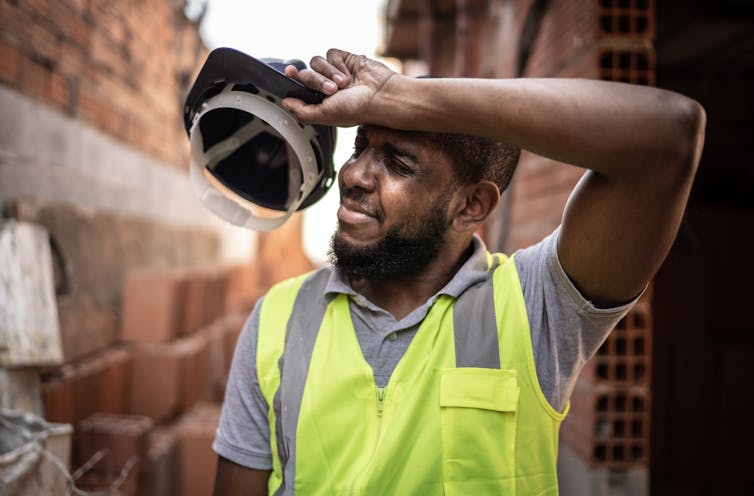
Talks between the International Brotherhood of Teamsters and UPS over a new contract fell apart on July 5, 2023. The union and the shipping and logistics company are blaming each other for the collapse, which occurred a few weeks after 97% of UPS’s Teamsters voted to strike if the Teamsters and UPS don’t reach an agreement by midnight on July 31.
Without a deal in place, more than 300,000 Teamsters will stop working on Aug. 1. It would mark the delivery service’s first strike since 1997.
The Conversation asked Jason Miller, a supply chain scholar at Michigan State University, to explain how likely it is that this will happen and what to expect if it does.

What are the reasons for this impending strike?
Before the talks collapsed, both sides had been negotiating extensively on a new five-year agreement that would cover about 340,000 unionized UPS workers.
The delivery company has agreed to some of the Teamsters’ demands, pledging to:
End a two-tiered wage system in which part-time workers earn an average of about US$5 per hour less than full-time workers;
Make Martin Luther King Jr. Day, the third Monday of January, a paid holiday;
Stop requiring UPS employees to work overtime hours on their days off;
Add fans and install air conditioning in many trucks to improve cooling.
The primary remaining sticking points concern part-time workers. The Teamsters dispute UPS’s claim that part-time workers earn an average of $20 per hour. Teamsters President Sean O’Brien instead says they’re paid “poverty wages.”
The Teamsters further want part-time workers to have earlier access to health insurance coverage and pension plans and a clearer pathway to full-time employment. The union also seeks to resolve safety and health concerns and “better pay for all workers,” as well as obtaining “stronger protections against managerial harassment.”
The impasse comes after two years in which UPS posted record profits. The company cleared $12.9 billion and $11.5 billion, respectively, in 2021 and 2022. The company nearly tripled its net income from the levels seen in 2018 and 2019 of $4.8 billion and $4.4 billion.
The Teamsters argue that these record profits mean UPS can afford to pay higher wages.
What should consumers expect?
If unionized UPS workers do go on strike, many U.S. consumers will surely fear delays in the delivery of their online purchases. In my view, that’s a reasonable concern, given that UPS handles roughly 25% of all U.S. package deliveries.
The 1997 strike, which lasted 16 days, took place when e-commerce was in its infancy. The Census Bureau only began to track that slice of the economy in 1999, when online shopping amounted to about 0.6% of all retail sales. Today, consumers spend about 15% of their shopping dollars on e-commerce purchases.
If a strike were to happen, UPS competitors, including FexEx Ground and the United States Postal Service, would likely be able to handle about 20% of UPS’s deliveries because the industry currently has some excess capacity.
That’s due to delivery workers clocking fewer hours per week today compared to the height of the COVID-19 pandemic. Parcel delivery demand peaked in 2021, when millions of Americans were still social distancing.
If a prolonged strike happens, UPS could lose up to 30% of its business, experts warn, as customers switch to rival services.
The risk of losing market share is leading many industry experts to believe that if a strike were to occur, it wouldn’t last long.
What about businesses?
Roughly 57.3% of the packages UPS delivers are shipped straight to consumers. The rest go to retailers and other businesses.
Based on my years of researching transportation operations and supply chain disruptions, I believe Americans should recognize that the impact of a UPS strike would stretch far beyond delayed delivery of everything from pet food to tennis rackets that they buy online.
A UPS strike could disrupt the availability of spare parts for cars and wholesale medical supplies, just to name a few essentials. Consumers will also find it harder to get clothing and shoes in stores, as retail locations are typically replenished by parcel carriers.
The supply chain for manufacturing computer and electronics products would probably be disrupted too, according to my analysis of data from the Census Bureau and the Bureau of Transportation Statistics that tracks how different industries transport products to their customers. Farmers and construction companies trying to get spare parts for heavy equipment would see delays in those shipments, which might result in downtime that costs tens if not hundreds of thousands of dollars.
Consequently, a strike would leave many businesses scrambling to fulfill customers’ orders, which may force them to spend more money on higher-priced air freight shipping.
Even a 10-day strike could cost the U.S. economy an estimated $7.1 billion , according to Anderson Economic Group – a research firm – making it potentially the costliest strike in U.S. history. These costs stem from the 340,000 striking workers losing an estimated $1.1 billion in wages and UPS losing $816 million in earnings. The balance of this estimate would result from the disruptions incurred by UPS customers.
What do you think will happen?
Unlike the threatened railroad strikes of 2022, there is no system in place for the federal government to prevent a UPS strike. On that occasion, Congress had the option of intervening, but a deal was reached before the government had to step in.
However, it seems likely that there will be calls for the White House to get both parties back to the negotiating table.
Given that both the Teamsters and UPS have an incentive to not see the company lose customers to rival shipping operations, I believe that they may reach a deal soon enough to avoid a costly and disruptive strike. Consistent with this, UPS announced on July 19, 2023, that it and the Teamsters will return to the negotiating table before their July 31 deadline.
Jason Miller, Associate Professor of Supply Chain Management, Michigan State University
This article is republished from The Conversation under a Creative Commons license.


